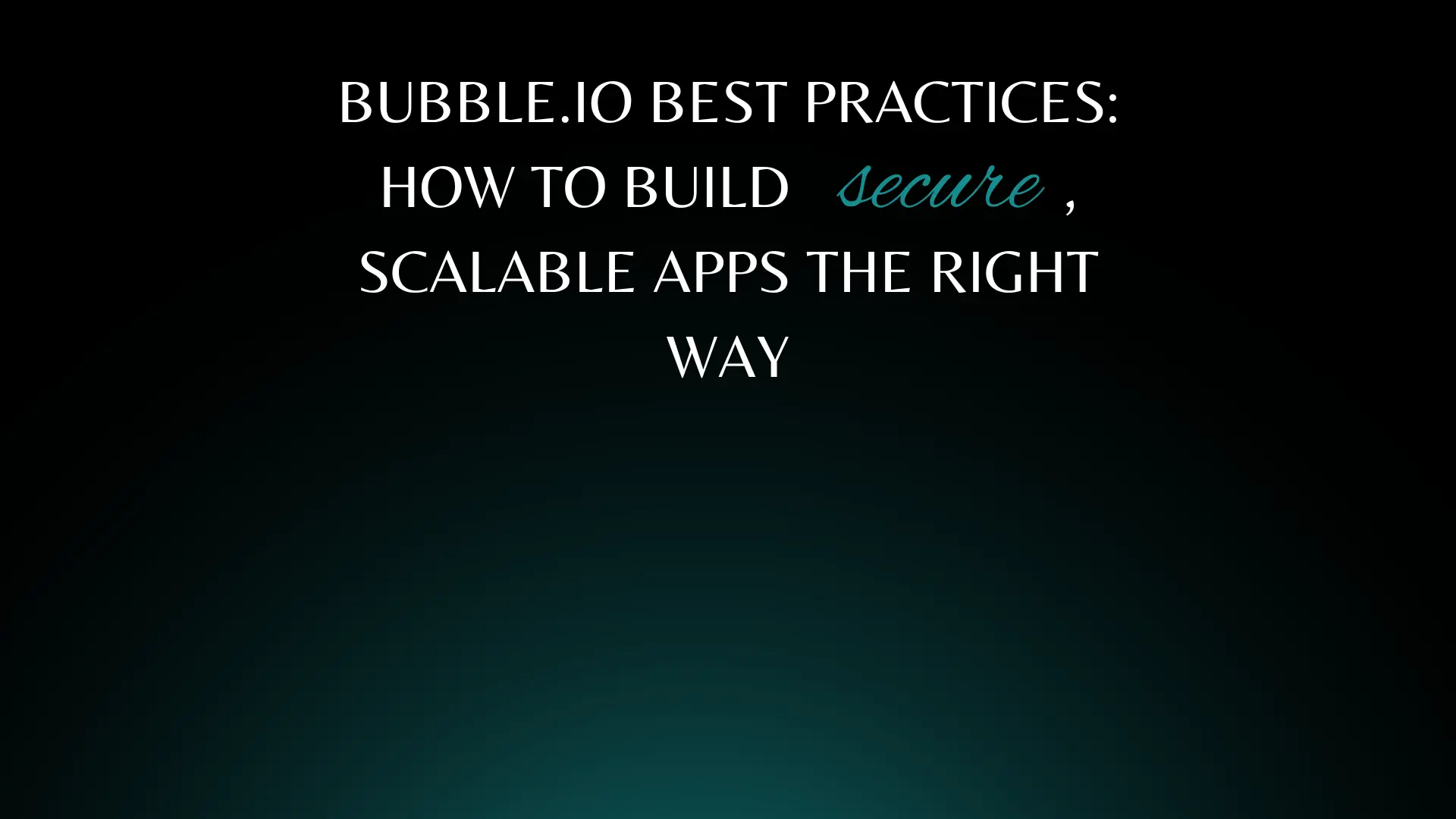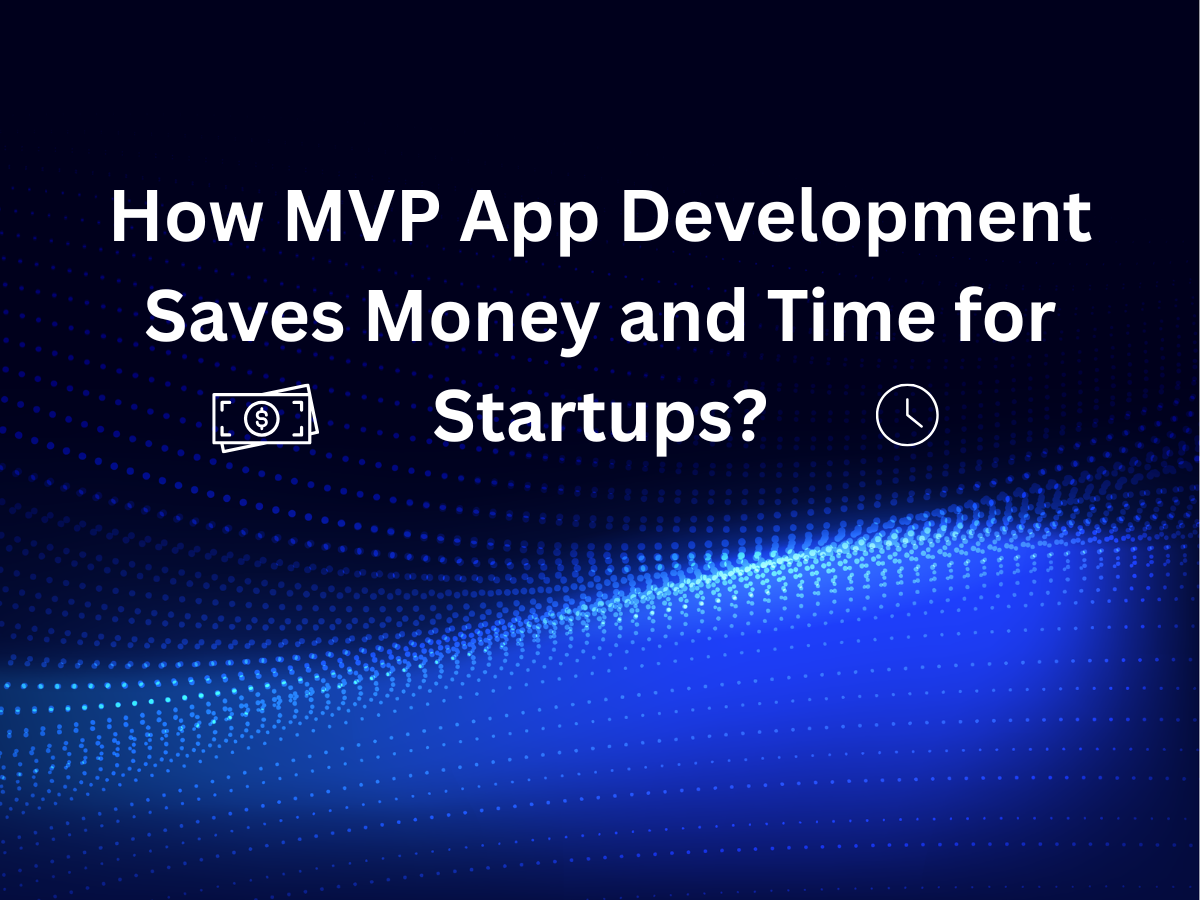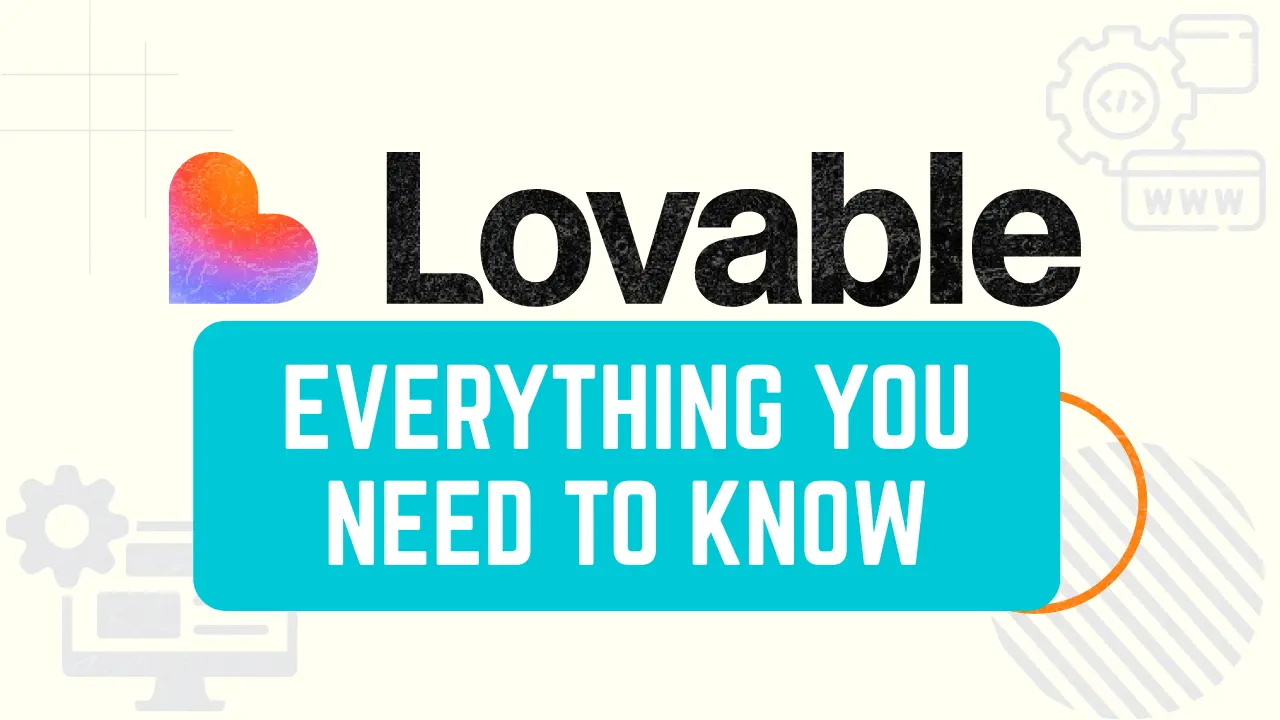.png)
When it comes to mobile app development, there are numerous tools and platforms available that cater to different needs and skill levels. One such platform that has gained popularity in recent years is Bubble. Bubble is a visual programming platform that allows users to build web and mobile applications without writing code. In this article, we will explore the capabilities of Bubble for mobile app development, discuss its pros and cons, examine case studies of successful apps built with Bubble, provide tips and best practices, compare Bubble with other mobile app development platforms, address common misconceptions, and share resources and tutorials for learning Bubble.
Bubble offers a range of features and functionalities that make it a powerful tool for creating mobile applications. With Bubble, you can design your app's user interface using a drag-and-drop interface, eliminating the need for traditional coding. The platform also provides a visual database builder that allows you to define and manage your app's data structure. Bubble supports integrations with popular APIs, enabling you to connect your app with external services such as payment gateways, social media platforms, and more. Additionally, Bubble offers a variety of pre-built plugins and templates that can accelerate your development process and enhance your app's functionality.
However, it is important to note that Bubble may have limitations when it comes to complex and highly customized apps. While it provides a user-friendly interface and extensive capabilities, certain advanced functionalities may require custom coding or workarounds. It's crucial to evaluate your app's requirements and determine whether Bubble can meet them effectively. For simple to moderately complex mobile applications, Bubble can be a suitable choice that allows you to build and launch your app quickly and cost-effectively.
Like any other tool or platform, Bubble has its advantages and disadvantages. Let's explore some of the pros and cons of using Bubble for mobile app development:
Now that you have an understanding of Bubble's capabilities and have seen examples of successful apps built with the platform, you may be wondering how to get started with Bubble for your own mobile app development project. Here are some steps to help you begin:
By following these steps and investing time in learning and practicing Bubble development, you can start building your own mobile app and leverage the power of Bubble's visual programming capabilities.
To make the most out of Bubble for your mobile app development project, here are some tips and best practices to keep in mind:
By following these tips and best practices, you can enhance your Bubble development workflow and create high-quality mobile applications.
As with any tool or platform, there are common misconceptions associated with using Bubble for mobile app development. Let's address a few of these misconceptions:
1. Bubble is only for simple apps: While Bubble is indeed suitable for simple to moderately complex apps, it can also handle more complex projects with the right approach and expertise. Bubble's visual programming interface allows for extensive customization and integration with external services.
2. Bubble apps are slow and unreliable: While Bubble's performance and reliability are dependent on its infrastructure, it has proven to be stable and capable of handling high traffic and large datasets. Proper optimization and adherence to best practices can ensure that your Bubble app performs well.
3. Bubble limits creativity and design: Bubble provides a range of design customization options, allowing you to create visually appealing and unique mobile applications. With the right design skills, you can create stunning interfaces using Bubble's tools and features.
Addressing these misconceptions is important to ensure that developers and app creators have an accurate understanding of Bubble's capabilities and can make informed decisions about using it for their projects.
Bubble is a powerful visual programming platform that offers a range of features and capabilities for building mobile applications. With its drag-and-drop interface, extensive integrations, and pre-built components, Bubble empowers individuals and businesses to create functional and visually appealing apps without writing code. However, it is important to assess your app's complexity and customization requirements before choosing Bubble as your development platform.
For simple to moderately complex mobile applications, Bubble can be a cost-effective and efficient solution. It allows you to prototype, iterate, and launch your app quickly, making it an attractive choice for startups and small businesses. With the right approach, expertise, and creativity, Bubble can handle a variety of app ideas and deliver impressive results.
Before making a decision, consider the pros and cons of using Bubble, evaluate other mobile app development platforms, and explore case studies of successful apps built with Bubble. Invest time in learning and practicing Bubble development, and leverage the available resources and tutorials to enhance your skills.
Remember, the choice of a mobile app development platform ultimately depends on your specific needs, budget, and technical expertise. By thoroughly evaluating Bubble and other options, you can make an informed decision and embark on a successful mobile app development journey.

Learn Bubble.io best practices used by US teams to build secure, scalable, high-performance no-code applications.
Read More
Build Less, Learn More: MVP App Development for Smart Startups.
Read More
What is Lovable AI? Full guide to the AI app builder that turns prompts into apps. Learn features, use cases, and tips for AI-powered app development.
Read More